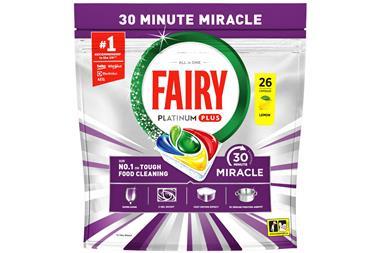With an array of jazzier distractions from MySpace, 24/7 TV news and instant online shopping, you might imagine that old-fashioned magazines would be in terminal decline. Surprisingly, the total number of titles has increased by 24% in the past ten years and there are now nearly 8,500 titles in the UK, according to the Periodicals Publishers Association.
The industry is in the midst of rapid change, though. The modern audience is time-starved and weaned on instant gratification so the magazine industry, used to long lead times, has had to reassess how its titles can remain relevant.
A prime example of getting this right is the much-envied fashion and celebrity weekly Grazia, which has recreated the glossy monthly as a zippier weekly read. As a result, the big hitting women's glossies have had to redefine themselves.
In women's weeklies, real life and celebrity gossip are magazine manna with leading lights Closer and Heat flogging more than 500,000 copies each a week. Pick Me Up magazine has repackaged real life for a previously untapped younger readership. Copycat titles have entered a market that shows no sign of losing its popularity, so expect to see some more on the shelves.
In the men's market, the move towards weeklies has produced similar results. The lads' mags explosion of the 1990s - Loaded, FHM and Maxim - ultimately gave birth to two terrible twins - Nuts and Zoo. These weekly sublimations of the monthly model have proved incredibly popular, but it's to the detriment of the monthlies.
Growth in the men's market is coming from special interest titles and more considered takes on fitness, gadgets and cars, leading to rising sales for Men's Health, Stuff and Top Gear. Music is thriving, fuelled in part by the wildly enthusiastic younger readers of NME and Kerrang!
NME has managed to secure its future on the newsstand by thinking outside it. It has invested in its website, in global club nights, band competitions and corporate tie-ins. The magazine is part of an ever-expanding monolith.
Brand extension works the other way too. Predictions are that industry convergence will reach a point where the retailer may well produce the content of its magazines as well as sell it. If this is a little too futuristic, then at least buy some sturdier shelves - the next ten years will most likely see more launches of a higher frequency.













No comments yet